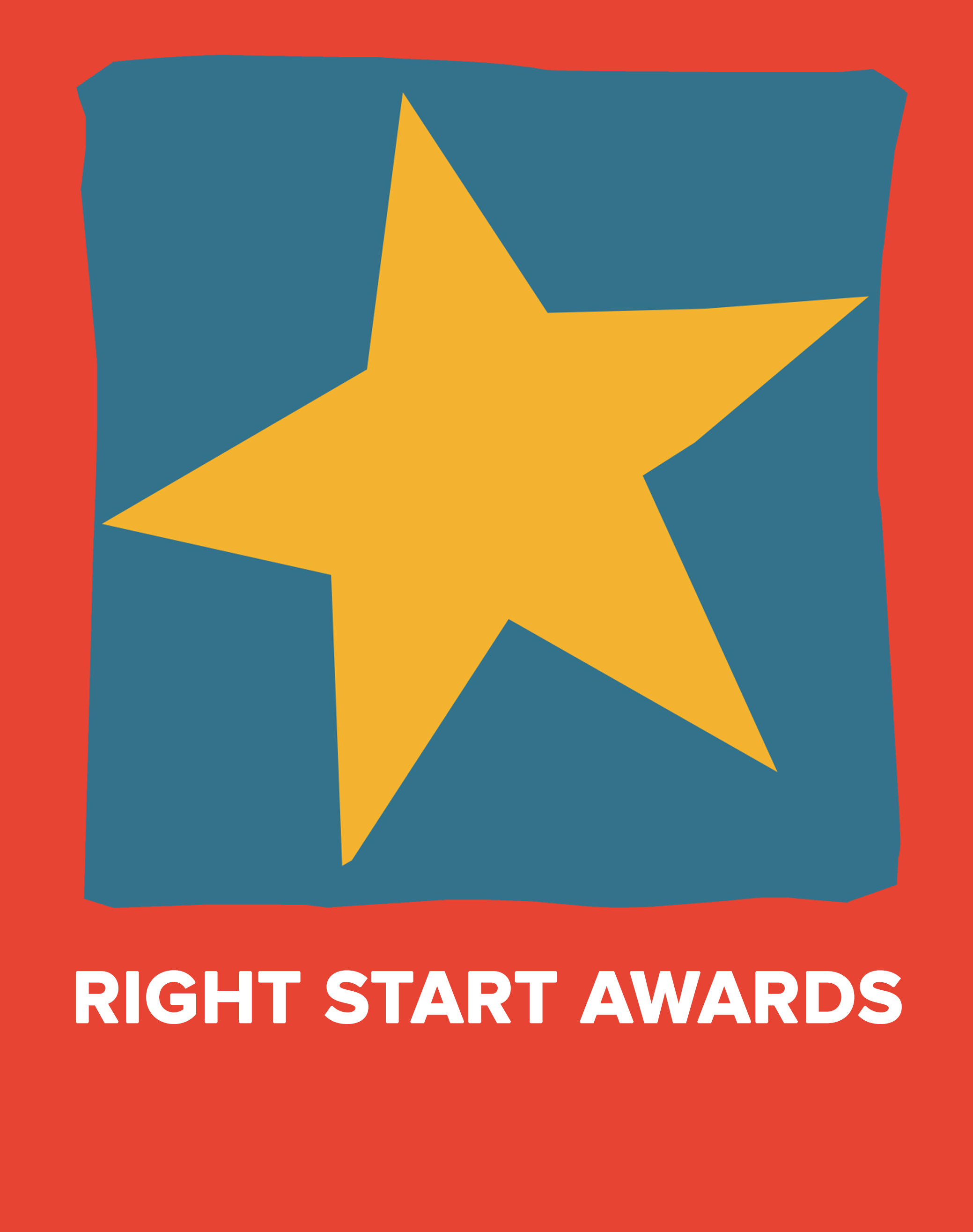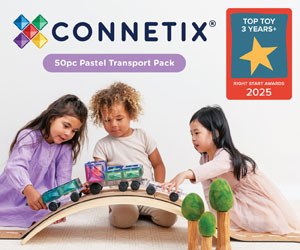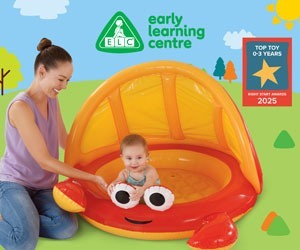Lousy advice!
Published
Head lice come back with a vengeance every year, and they are especially prevalent in the colder months. There are many tall stories about ‘nits’ and while some of them might have an element of truth, others are just plain heresay. David Mathie is general manager of Aussie hair salon Just Cuts which specialise in cutting children’s hair. He dispels some of the myths that are associated with head lice.

‘When I was at school, head lice were a huge concern to me! As a grown up, it’s clear to me that they’re actually not that significant! Yet they are still an anxiety for many parents and kids. There are many misconceptions about how lice behave, how they’re spread and how they’re treated. Although they’re a nuisance, there really isn’t too much to worry about.’
- Lice prefer dirty hair
- Contrary to popular belief, lice don’t signify poor hygiene. In fact, they are just as likely to make a home in freshly shampooed hair. They’re not fussy about the head they live on: they just love a warm nest of hair.
- Lice spread by jumping or flying
- They don’t jump or fly. In fact, they crawl everywhere – and very quickly at that. Their legs have adapted to crawling and, once they’re on a child’s head, the little critters tend to hang on tightly with their hook-like claws. For that reason, they’re typically transmitted by head-to-head contact between two people.
- They are extremely contagious and children who have them should be isolated
- Since head lice can’t jump from one person to another, transmission can be prevented by taking precautions such as not sharing personal items and avoiding close contact. Isolation of a child who has head lice, or keeping them out of school, is not necessary.
- To kill lice, you must put all your child’s belongings in plastic bags and in the freezer
- This was one of the recommendations years ago, but it’s understood today that lice can’t survive very long away from a host. The best way to handle an infestation is to hoover any items and areas you think children may have rested their heads on, wash linens and towels with hot water and put them in a hot dryer to kill the lice and eggs.
Here is David’s step-by-tep guide to treating lice:
- Use a de-lousing shampoo to treat the scalp – a number of over-the-counter options are available.
- Repeat the treatment several days after the application and check the scalp 8-12 hours later.
- Remove nits with a comb – begin by combing at the crown, working down to the neck and one side of the head, before repeating on the opposite side.
- Wash and clean any places that your child has touched – hoover carpets, wash linen, soft furnishings, scarves, hats and any clothing that comes into direct contact with the head.
Visit www.justcuts.co.uk







